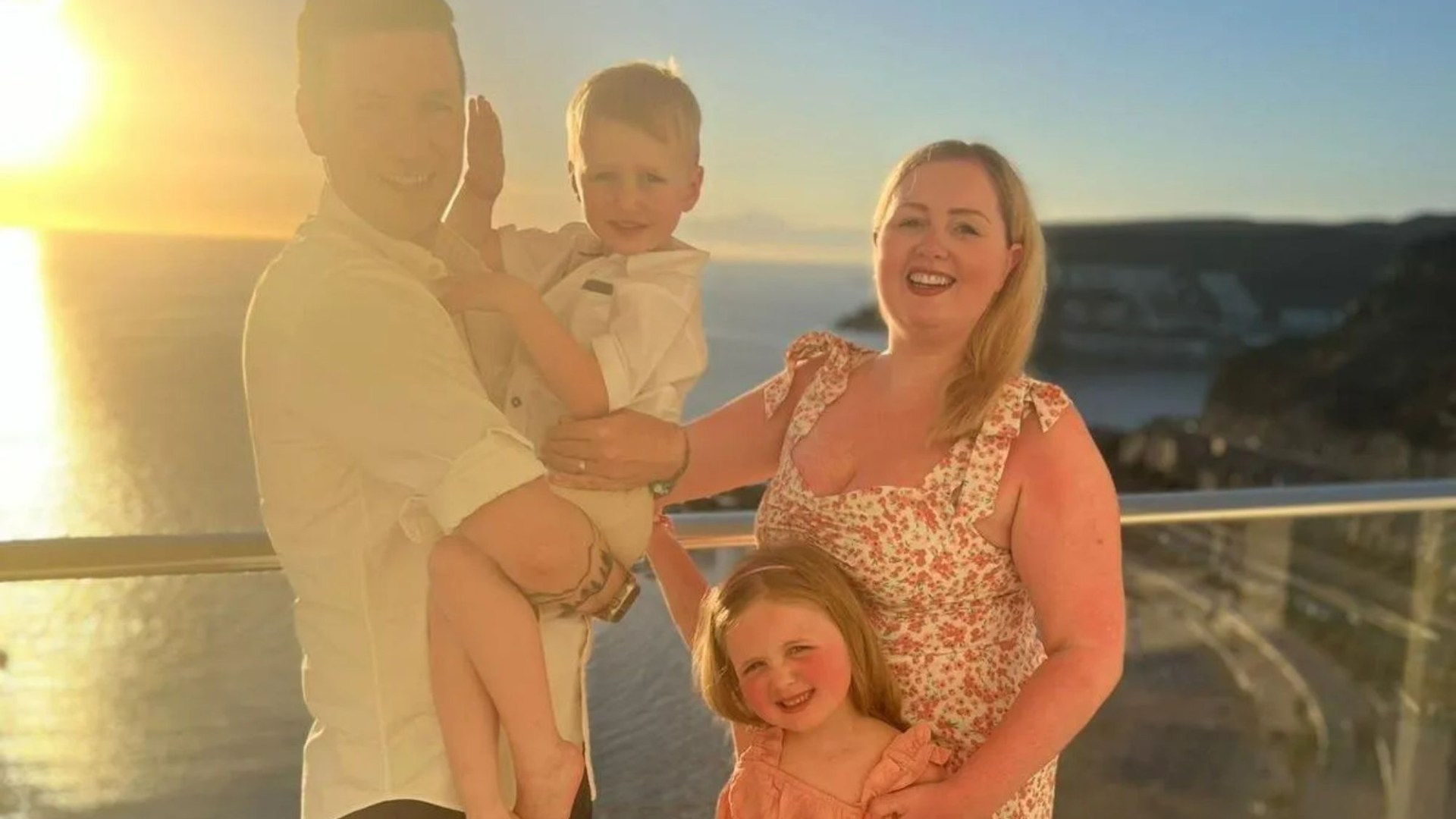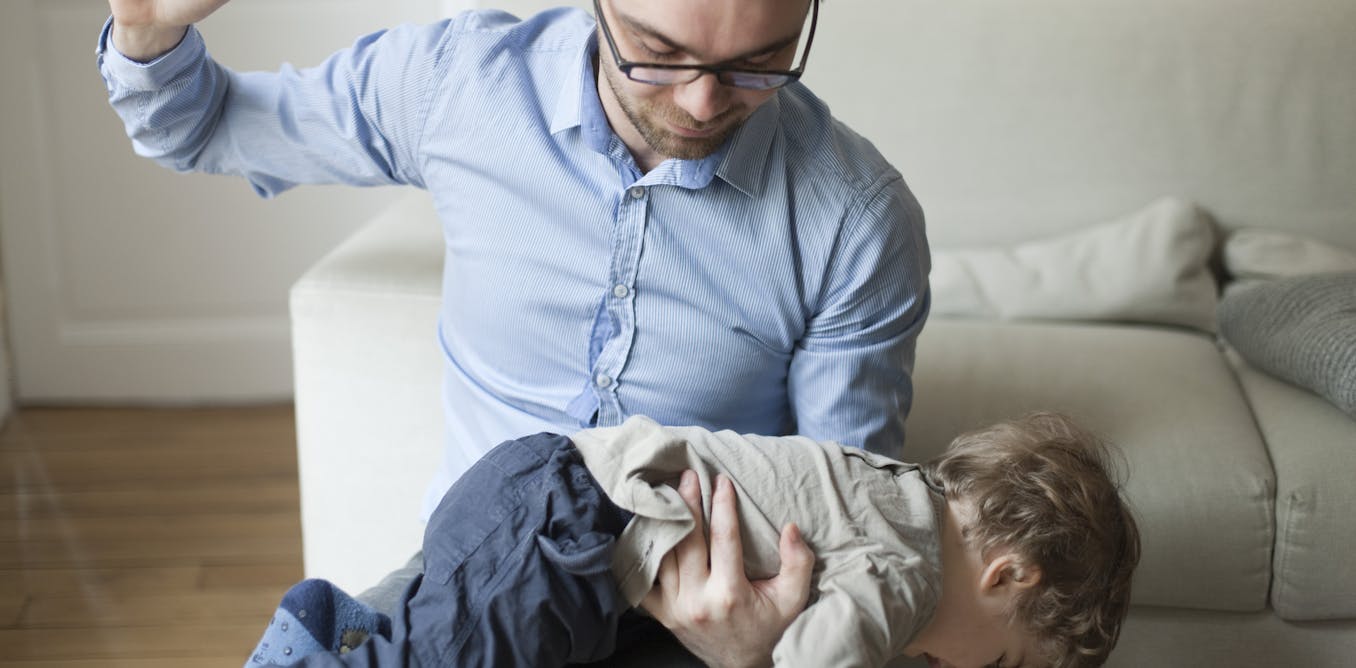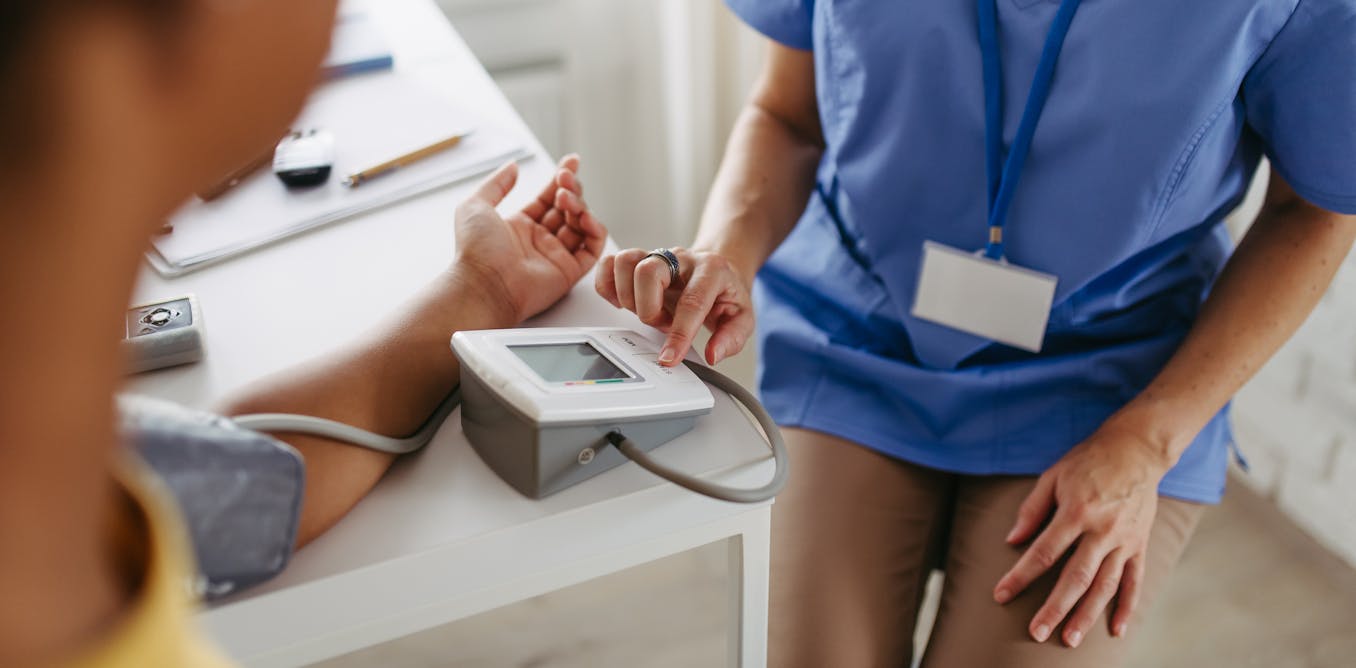A MUM who was told by doctors her bad back could be muscular problems from lifting her kids was devastated when the pain was diagnosed as a terminal condition.
Jennifer McNeill, 34, said her symptoms started when she began experiencing a stabbing pain in her back and could barely walk.
4

4

4
The mum-of-two, from Gourock, Scotland, went to see her GP, who recommended she do physiotherapy for three weeks.
But the pain got worse and after undergoing several tests and scans she was told she had stage four breast cancer which had spread to her spine.
Because her cancer had already spread, medics were unable to operate to remove the cancer and Jennifer was told her illness was terminal.
She said: “The pain was so bad that it forced me to the ground and my partner had to lift me up because I could not stand up.
“I went to the hospital and they put it down as muscular pain
“I was in complete agony for months. When the pain first started, Aidan was one and Millie was two.
“The doctors said I had probably strained it whilst lifting them. It went on for months and got so severe that I could barely walk.
“I just couldn’t believe that after many visits to the hospital and to many doctors that it was terminal cancer and it was too late to do anything – it had already spread to my back and I haven’t had any issues with my breasts.”
Jennifer was forced to seek private medical care to get a MRI scan of her lower back, which identified two fractures in her spine.
When the pain spread down her legs and she was unable to pass urine she attended the A&E department at Inverclyde Royal Hospital in July 2021.
Doctors then ordered a CT scan and discovered a cancerous tumour on her spine.
Talking about the moment she was diagnosed, Jennifer said it was her children Millie, now 6, and Aidan, now 4, she thought of.
She said: “As soon as I was diagnosed I didn’t know if I would see the next couple of weeks. I was scared, they were babies at the time.
“There were plans I was making ahead, family holidays and looking into schools.
I have so many wonderful people in my life who have supported me so much. Honestly, if love could save me, I’d be cured already.
Jennifer McNeill
“I was devastated and in shock. I never thought I had cancer, because obviously it never showed up when I had my scans and when I went private so there were lots of unanswered questions that I had.”
Jennifer was offered several rounds of radiation, chemotherapy and has been taking the chemo drug Enhertu.
She decided not to tell her kids about the cancer. She said: “By telling them that I have a sore back they know that I won’t be able to lift them and it is the truth because I am restricted to what I can do.
“You don’t want to tell them that you have cancer and that you have got a terminal illness and a timeline.”
What are the signs of breast cancer?
BREAST cancer is the most common type of cancer in the UK.
The majority of women who get it are over 50, but younger women and, in rare cases, men can also get breast cancer.
If it’s treated early enough, breast cancer can be prevented from spreading to other parts of the body.
Breast cancer can have a number of symptoms, but the first noticeable symptom is usually a lump or area of thickened breast tissue.
Most breast lumps aren’t cancerous, but it’s always best to have them checked by your doctor. You should also speak to your GP if you notice any of the following:
- a change in the size or shape of one or both breasts
- discharge from either of your nipples (which may be streaked with blood)
- a lump or swelling in either of your armpits
- dimpling on the skin of your breasts
- a rash on or around your nipple
- a change in the appearance of your nipple, such as becoming sunken into your breast
Source: NHS
Jennifer said her life has completely changed now and “it’s been turned upside down”.
She continued: “All I can do it put on a brave face and pretend I’m okay for the sake of my children.
“I don’t want to scare them, but the sad reality is this is how they know their mummy.
“They expect me to be in bed, to be in pain and to be unable to walk. This is our life now.
“I want to live each day to the max for my children, but I can’t due to pain and mobility. It kills me.
“I have so many wonderful people in my life who have supported me so much. Honestly, if love could save me, I’d be cured already.”
October is Breast Cancer Awareness month and as Jennifer receives ongoing treatment she’s stressing how important it is to get checked regularly.
Over the last few years, Kevin McNeil, Jennifer’s husband of eight years, and several friends have raised over £30,000 for the hospice to show their appreciation and are planning to do more events and activities to collect more funds.
To donate, visit their JustGiving page.
How to check your breasts
It is important to regularly check your breasts for any changes. Breast tissue reaches all the way up to your collarbone and across to your armpit, so it’s vital to check these areas too.
If you feel or see any changes in your breast you should always consult your GP.
Charity CoppaFeel! recommends checking your breasts monthly, so you can pick up on any changes quickly.
Breasts do change naturally as part of your monthly menstrual cycle, so you should get to know your breasts, how they feel and what changes they usually go through to know if anything is out of the ordinary.
Five-step check
There is a five-step self exam you can do at home to check for any changes.
Step one: Begin by looking in a mirror, facing it with your arms on your hips and your shoulders straight. You should be looking for any dimpling, puckering, bulging skin, redness, soreness, a rash or changes in the nipple.
Step two: Still looking in the mirror, raise both arms above your head and check for the same changes.
Step three: With your arms still above your head, check for any fluid coming from the nipples. This can include milky, yellow or watery fluid, or blood.
Step four: While lying down use your opposite hand to check each breast. Using a few fingers, keeping them flat and together, go in a small circular motion around your breasts. Make sure you feel the entire breast by going top to bottom in these small circles. It helps to develop a system or pattern to make sure every inch is covered. Use light pressure for the skin and tissue just beneath, medium pressure for the tissue in the middle of your breasts, and firm pressure to feel the tissue at the back, feeling down to your ribcage.
Step five: Feel your breasts while either standing or sitting, using the same small circular motions.

4




